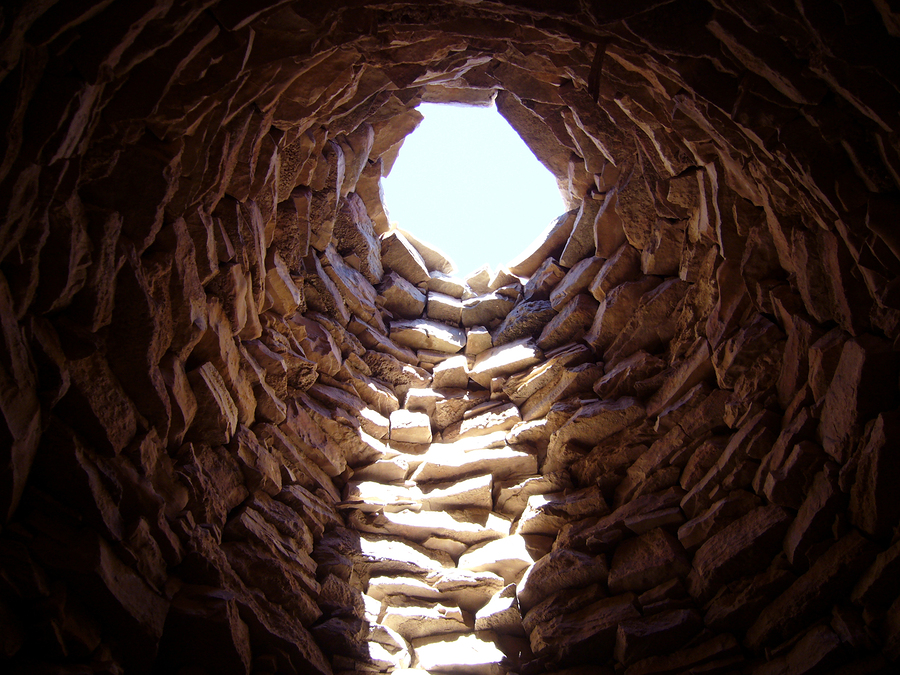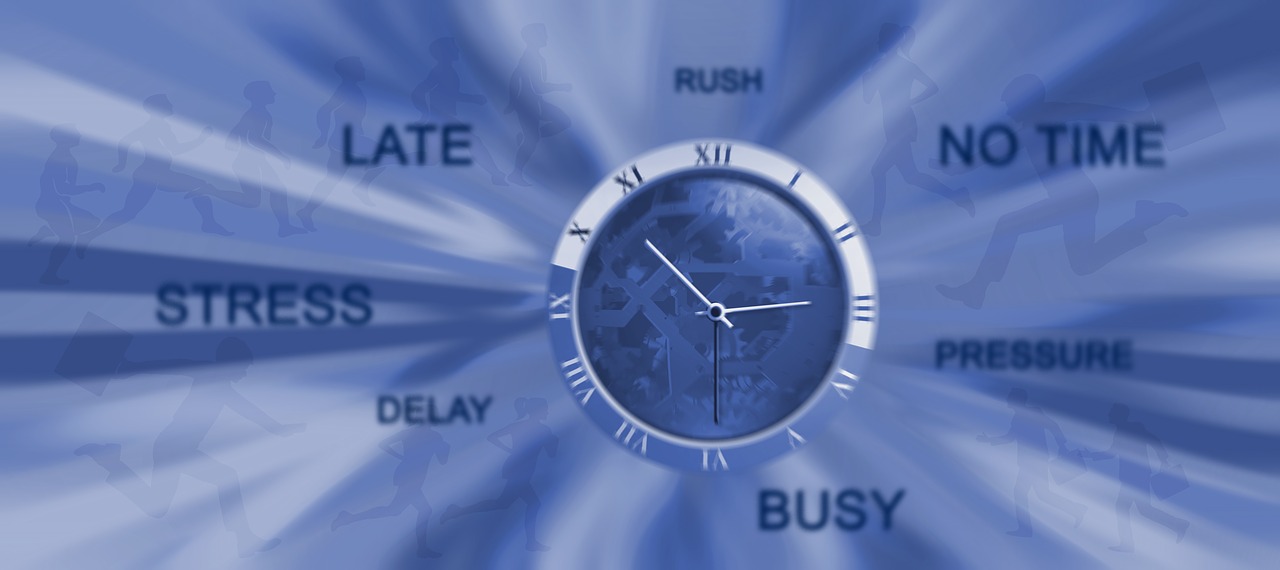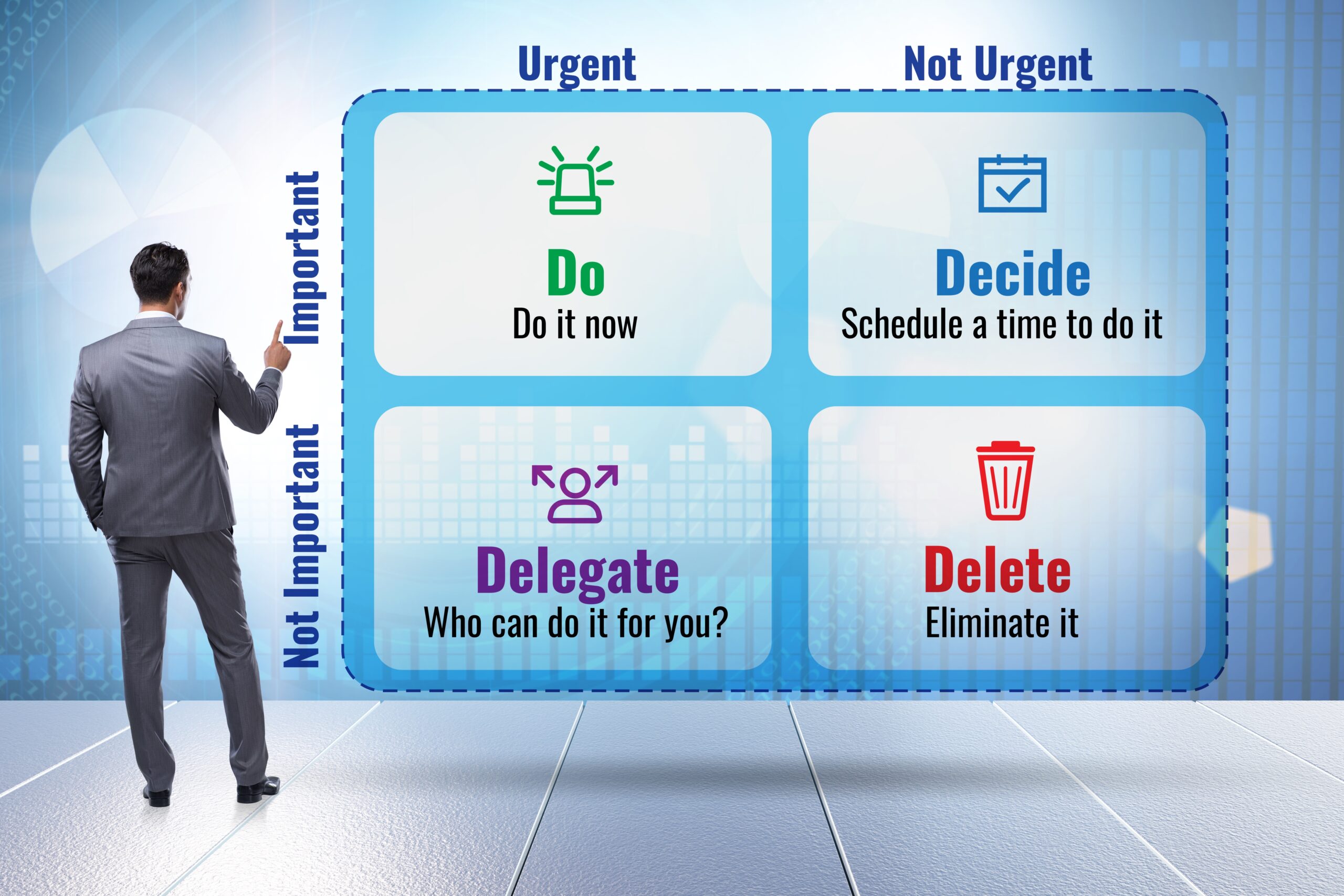July was a tough month. It started out well, but one morning I woke up in pain. I’d done something to my wrist in my sleep. As that day wore on, the pain got worse until I gave in and went to the ER and after an x-ray they told me it might be broken! WTF?
It turned out to be a bad bone bruise, but for a week, I didn’t know if I was facing 3 months in a cast above my elbow or possibly even surgery. Seven long days of uncertainty, pain, and to be honest, freaking out!
As I teach in How to Use Feedback and Criticism Constructively, throughout this experience I was alert to the question, “What is the learning here?” The more I looked at it, the more I discovered that the lesson wasn’t about the details of the experience but how I managed the fear and uncertainty, as well as the self-defeating beliefs that surfaced.
Here are some of my lessons:
Sliding Into the Pit of Despair
 The Despair Pit is the term that my Sister and I use to describe that downward cycle. You know the one. Where the world seems to have turned against you and you are doomed?
The Despair Pit is the term that my Sister and I use to describe that downward cycle. You know the one. Where the world seems to have turned against you and you are doomed?
Yes, doomed, I say!
Where nothing works out and all is lost.
Overly dramatic? Or eerily familiar?
There were moments, particularly in the first few days of the injury, when I just wanted to throw in the towel. Why does everything have to be so hard? Why is it just when things start going my way, does something always go wrong to block my efforts?!?
The old “Why Me?” conversation took pretty solid hold there for a minute.
A therapist I worked with during my 10-year bout with Chronic Fatigue Syndrome gave me this poem and since then I’ve often used it when seemingly lost in the Pit of Despair:
Autobiography in Five Short Chapters
I
I walk down the street.
There is a deep hole in the sidewalk.
I fall in.
I am lost … I am helpless.
It isn’t my fault.
It takes me forever to find a way out.II
I walk down the same street.
There is a deep hole in the sidewalk.
I pretend I don’t see it.
I fall in again.
I can’t believe I am in the same place.
But it isn’t my fault.
It still takes a long time to get out.III
I walk down the same street.
There is a deep hole in the sidewalk.
I see it is there.
I still fall in … it’s a habit.
My eyes are open.
I know where I am.
It is my fault.
I get out immediately.IV
I walk down the same street.
There is a deep hole in the sidewalk.
I walk around it.V
I walk down another street.
So, while I did fall into the deep hole for a little while, I didn’t stay long. I recognized it for what it was, asked for support and climbed on out.
Here are some of the things that helped me climb out.
Staying in the present moment
Much of the content of the despair pit for me this time had to do with the future. How am I going to finish the Multiple Streams of Music Income Self-Study Program if I can’t type? How am I going to take care of my Dad if I can’t use my arm? How am I going to continue losing weight if I can’t exercise?
All of the things that I wanted this summer to be about seemed in dire jeopardy.
But the key word in that statement was “seemed”. Because I didn’t know. That’s probably the hardest part – the uncertainty. I didn’t know if my wrist was broken, if I’d need surgery, if I would be wearing a cast for months. I didn’t know. But not knowing is so uncomfortable, that our brain fills in the gaps. We are so frightened of the dangers implied in the unknown that we fill it with scenarios, as if we know.
The best way to stay out of the despair pit, then, is to sit in the uncertainty. As agonizing, uncomfortable, and scary as the uncertainty is, staying in it is the more powerful choice.
But that’s the illusion, isn’t it? In the future-thinking, contingency-planning, scenario-making place, you feel like you’ve got power, like you’ve got control. But you don’t, because as long as you’re there, you’re not in the present. And if you’re not in the present, you can’t adapt to what’s really happening in this moment. So breathe through the discomfort and stay present.
How much contingency planning is too much?
The truth is that contingency planning is an evolutionary advantage. It’s one of the things that makes us successful as a species. It’s what motivated the birth of agriculture – storing food during the abundant growing season so you have food when that season is over wouldn’t have happened if someone hadn’t thought, “Gee, what will we do for food when winter comes?”
Contingency planning is thinking about what the future may hold and making a plan to handle the various or even worst possibilities.
But contingency planning can lead to what is known in psychology as Catastrophic Thinking. This kind of thinking is the wallpaper down in the Despair Pit! When you are thinking of all the awful things that could happen and you become obsessed with them, you begin to interact with those thoughts as if they were real. And that’s the danger.
It is helpful to simply ask yourself, “Are these real possibilities?” And if the answer to that question is, “Yes” or even “Maybe.” Then ask yourself, “What can I put in place today to manage those possibilities?” Take those self-protective actions and then set it aside.
Because beyond taking those steps, all those dire thoughts are just energy sucks. They’re just the stuff that keeps you up at night and makes it hard to concentrate during the day. They don’t add anything to your ability to manage the uncertainty or even the contingencies – if and when they happen. Those thoughts can actually make it worse!
In this instance, the contingency plan meant doing a bit of research on voice recognition software, just in case I wouldn’t be able to type, notify my virtual assistant that I may need more help in the coming days, making sure that I was seeing a good hand specialist and then set it all aside.
It helped that I knew I would have an answer to the uncertainty within a few days. But the principle still stands. And whenever my brain started to slide into catastrophic thinking — see it, name it for what it was, and breathe into the discomfort of the unknown.
[End of Part 1 – Part 2 coming next week! Stay Tuned!]
What do you do when bad things happen? Please share your techniques for staying out of the Despair Pit!
Save
Save






2 Responses
When “bad” things happen, I ask myself, “what’s the gift here?” and the shift begins immediately. I also honour whatever emotion is moving through and notice where it shows up in my body.
I love that Christina! It’s a nice reframe – “the gift.” I teach a process for having that conversation within when you begin to notice the emotion in your body. It can be absolutely transformational.